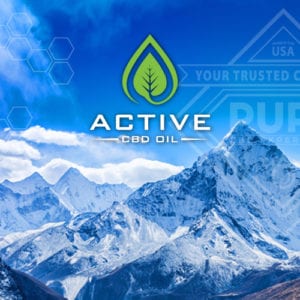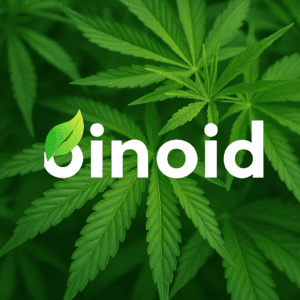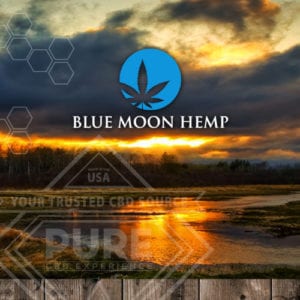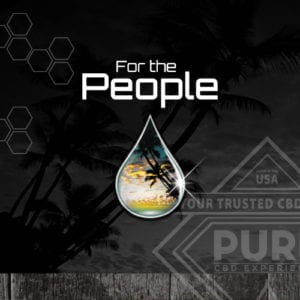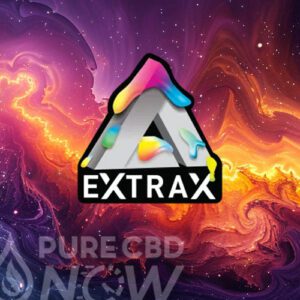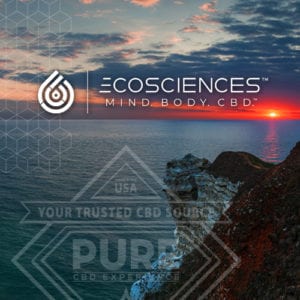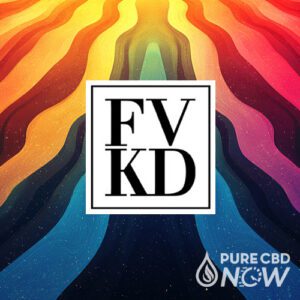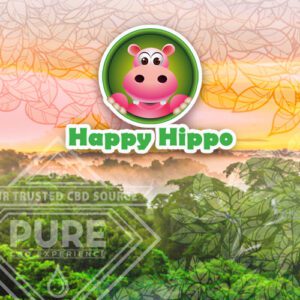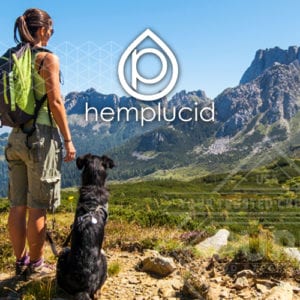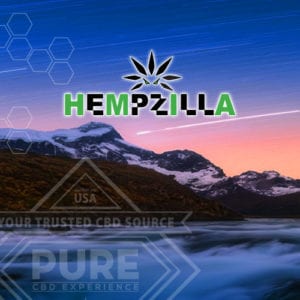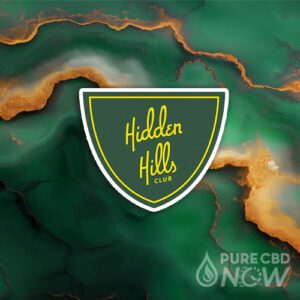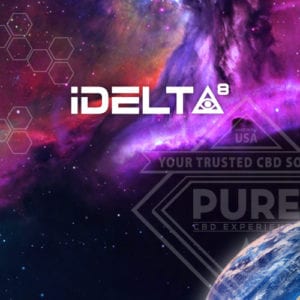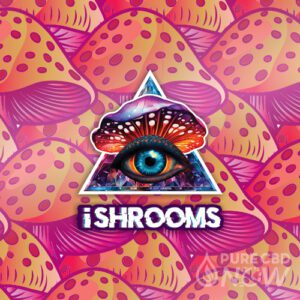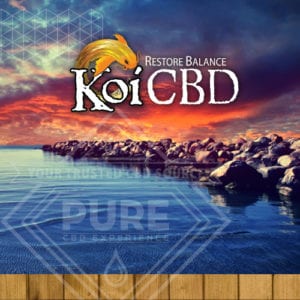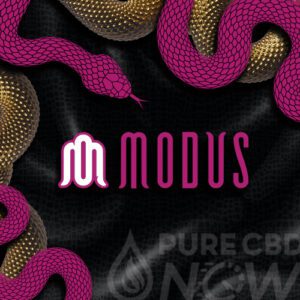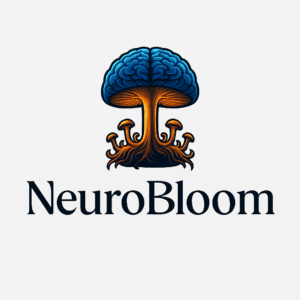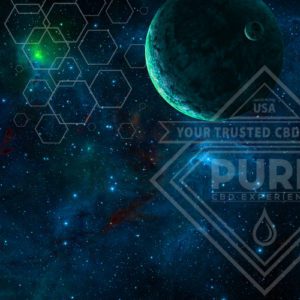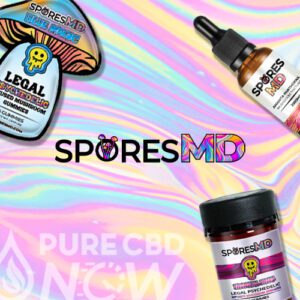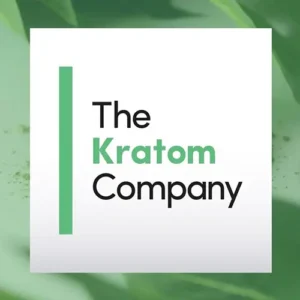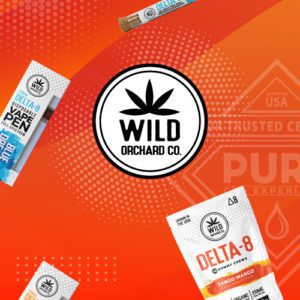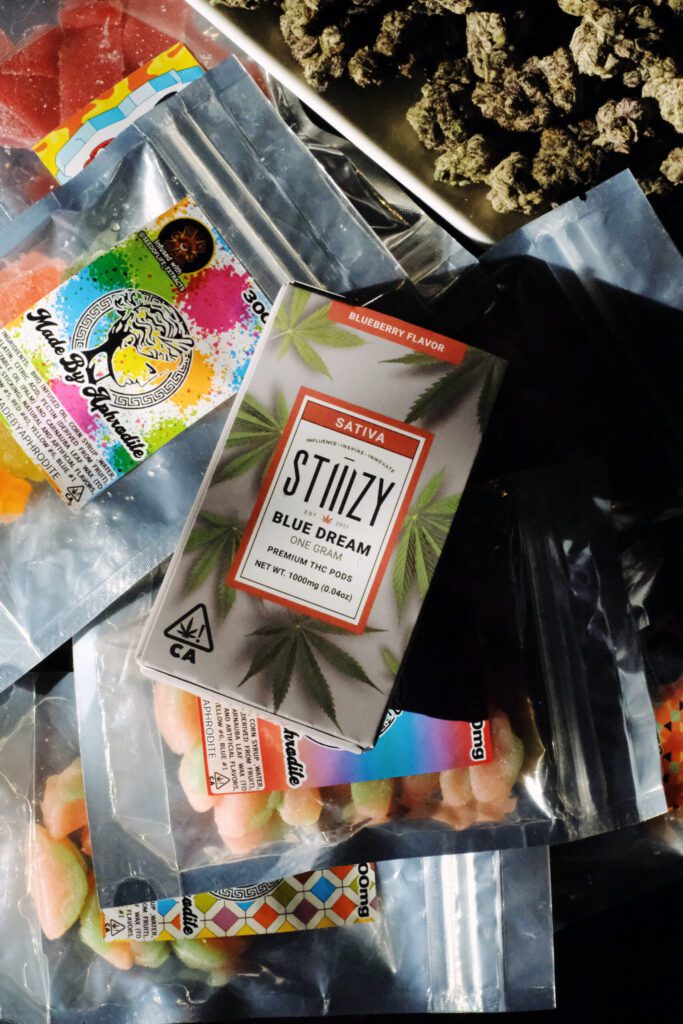If you have ever picked up a CBD or hemp-derived THC product and scanned a QR code that led to a lab report, you have already encountered a Certificate of Analysis, usually called a COA. Many people open these reports and immediately close them again because the charts and scientific terminology can feel overwhelming. When the information is unclear, it becomes harder to know whether the product is accurately labeled, legally compliant, or free from contaminants.
Understanding how to read a COA changes that experience entirely. Once you know what the numbers and terms represent, you gain the ability to confirm potency, check THC levels, and verify purity with precision. Instead of depending on marketing claims, you can make decisions based on measurable data.
Pure CBD Now provides COAs for every batch so customers can review all cannabinoid content and safety testing in a clear and accessible format. With transparency built into every purchase, you can confidently choose products that meet your expectations for quality, accuracy, and safety. Explore our full collection of lab verified CBD and hemp-derived THC products, and take your time reviewing each COA so you can choose with clarity and trust.
The Role of COAs in Verifying Purity and Potency
A COA is a laboratory report created by a third-party testing lab. The purpose of the report is to confirm the identity, potency, and purity of a product batch. Cannabis and hemp plants naturally vary from harvest to harvest. Because of this, responsible companies test each batch to confirm the exact concentrations of cannabinoids such as CBD and THC, along with checking for contaminants that could be harmful to consumers. This is standard practice at Pure CBD Now, where each batch is tested and the results are published for customers.
A legitimate COA should always come from a third-party laboratory, not an in-house lab controlled by the brand. This ensures objectivity and accuracy. The COA will list the lab name, testing date, product name, and batch number. Always make sure the batch number on the COA matches the batch number printed on your product label. If it does not match, the COA does not actually apply to the product in your hands.
Breaking Down Potency so You Know What You Are Getting
One of the first sections to look for in a COA is the cannabinoid potency panel. This chart lists cannabinoids like CBD, THC, CBG, CBC, and more, depending on the product. The COA may list each cannabinoid in percentages or milligrams per gram or milligrams per milliliter, depending on whether the product is measured as a solid or liquid.
Here are key things to look for:
- CBD content: Compare the CBD amount listed on the COA to what the product label claims. For example, if a tincture is labeled as 1000 mg CBD per bottle, the COA should show a similar total CBD amount. Small natural variation is normal, but large discrepancies indicate poor quality control. You will see this consistency across Pure CBD Now products, since they are test-verified before sale.
- THC content: Hemp-derived CBD products must contain less than 0.3 percent THC on a dry weight basis. Full-spectrum products will contain trace amounts of THC, while broad-spectrum and isolate products typically contain none. Verify that the COA supports the type of product you think you are buying. Our team clearly states the product type (full spectrum, broad spectrum, isolate) to make interpretation easy.
- Minor cannabinoids: Some COAs list additional cannabinoids like CBG or CBN. Their presence often indicates a full-spectrum or naturally extracted product. A product that claims to be full-spectrum but shows only CBD on the COA could be misleading.
Understanding the cannabinoid panel helps you confirm both legal compliance and product effectiveness. Discover high quality products supported by third party testing today, and feel confident knowing you can review every detail before you make a purchase.
Terpenes and Their Influence on Effects and Flavor
Some COAs include a terpene report. Terpenes are the aromatic compounds found in hemp and cannabis that contribute to flavor, scent, and some therapeutic effects. A terpene profile is useful for evaluating full-spectrum extracts and learning more about the product’s potential effects. Myrcene, limonene, and beta-caryophyllene are common examples.
Not all products include terpene testing, and this is not necessarily a problem. However, terpene profiles are a quality indicator, especially for higher-grade extracts.
Verifying Purity Through Comprehensive Safety Screening
Potency matters, but safety matters first. A complete COA will include screenings for contaminants that could harm the consumer if present at elevated levels. These may include:
- Heavy metals such as lead, arsenic, mercury, and cadmium.
- Pesticides and herbicides used during cultivation.
- Residual solvents used during extraction if the extract is not CO2-based.
- Microbial contaminants, including bacteria, mold, and yeast.
- Mycotoxins, which are toxic byproducts of mold growth.
For each contaminant, the COA will list either a numeric value or the phrase ND, which stands for Not Detected. There will also be a reference limit indicating the maximum allowable level for safety. A safe and well-produced product will show either ND or very low levels that fall below regulatory limits. This safety guarantee is a core part of Pure CBD Now’s product standards.
If you see contaminants listed above allowable thresholds, the product should not be consumed.
Dive into our product lineup today and see how accessible lab transparency makes it easier to select CBD you feel good about using every day.
Warning Signs of Low Quality or Misleading Products
While reviewing a COA, watch for the following issues:
- No laboratory listed or a lab that is owned by the product manufacturer.
- Missing batch number or a batch number that does not match the product package.
- THC levels above 0.3 percent in a hemp product.
- CBD levels that differ significantly from what is promised on the label.
- Absence of contaminant testing. If only potency is tested, the report is incomplete.
If anything feels unclear or contradictory, the safest choice is to purchase from a brand that provides clearer documentation.
Connecting the Data Points for Clear, Informed Selection
Once you understand the structure of a COA, the process becomes straightforward. You confirm identity, check cannabinoid potency, verify THC compliance, and review safety screenings. You are not just relying on marketing claims anymore. You are using measurable scientific data.
This is the difference between hoping a product is good and knowing it is.
Ready to Put This Knowledge to Use?
If you want products that make COA transparency simple, Pure CBD Now offers full lab reports for every batch. Every oil, gummy, capsule, and vape is backed by clearly accessible testing documentation that you can review before you buy.
You now know how to evaluate what you are looking at. Apply that knowledge and shop confidently. Explore the full collection at Pure CBD Now and choose products with clarity, accuracy, and trust behind them.

